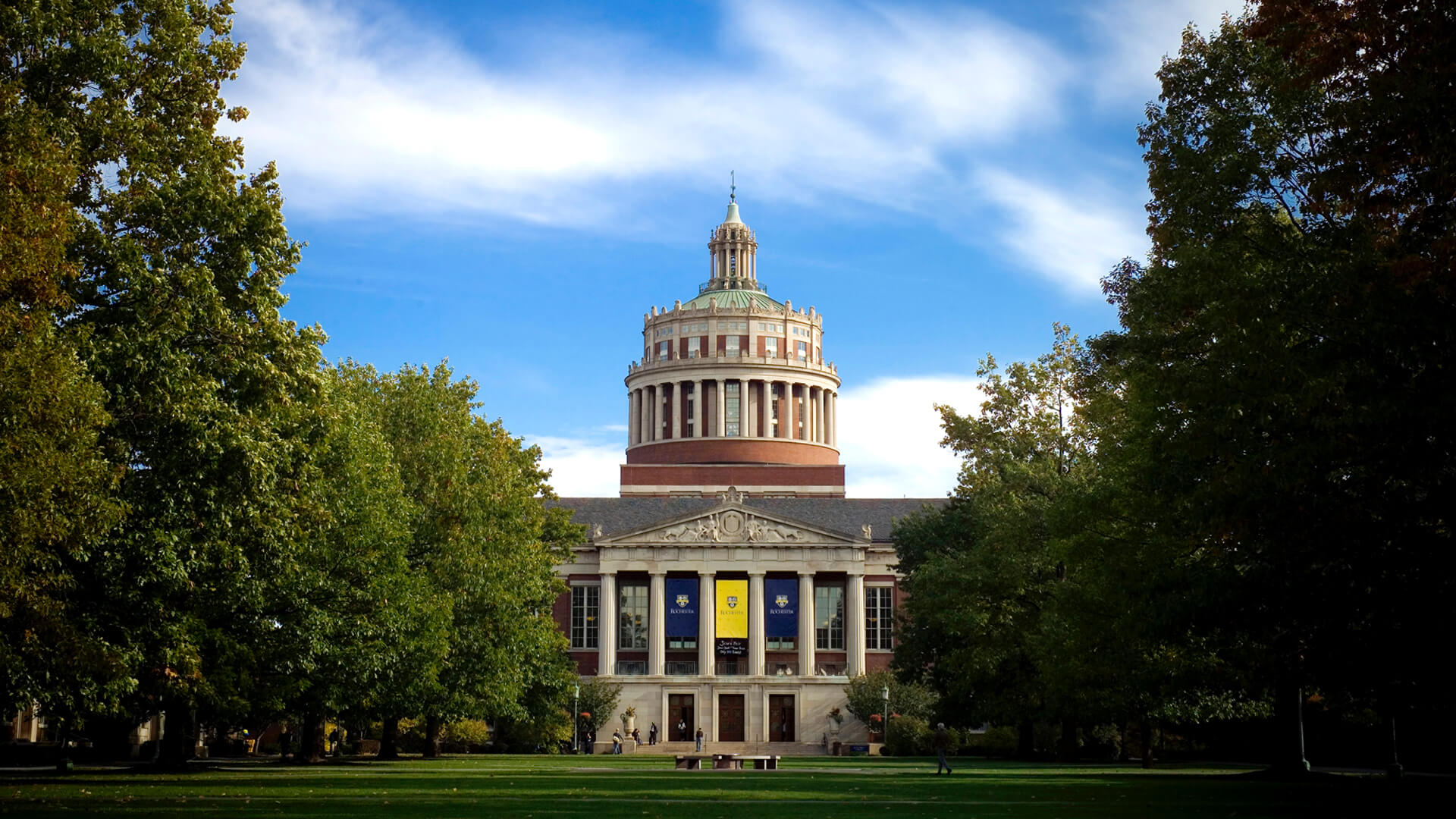
RESEARCH OUTPUT ANALYSIS AT THE UNIVERSITY OF ROCHESTER
This project showcases an analysis on the research output at the University of Rochester.
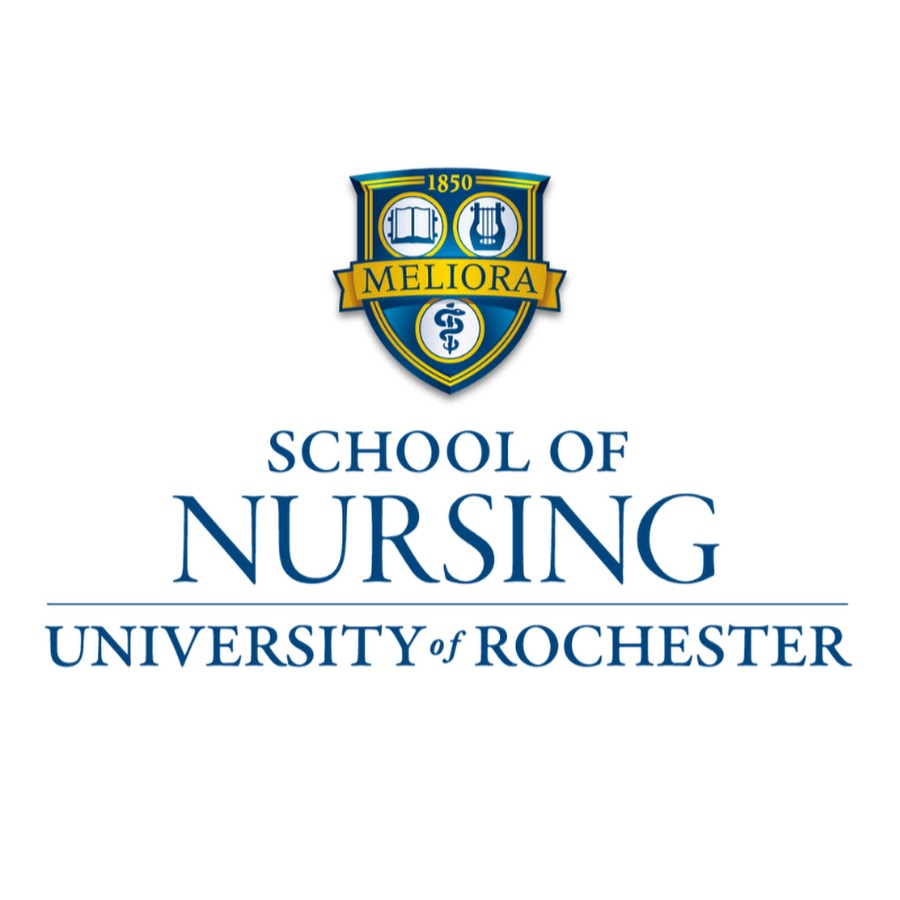
URMC – Wang, Predicting Adverse Outcomes due to Polypharmacy in Older Adults
This project investigated whether patterns in medication use among older adults could help predict rehospitalization after home healthcare. Using data from over 6,800 patients, we analyzed active medications, diagnoses, and patient characteristics, mapping them to standardized codes like RxNorm and PhecodeX. We applied clustering techniques and machine learning models, including XGBoost and BERT-based text embeddings, to identify potential risk factors. Although some variables—like hyper-polypharmacy, reduced physical function (ADL), and certain medication classes—were associated with increased risk, no clear or consistent clusters emerged as highly predictive. Our best-performing model achieved 96% accuracy and 97% ROC-AUC, reinforcing the value of advanced methods but also underscoring the need for individualized deprescribing strategies in geriatric care.
Benchmark Labs: Point-Specific Wave Height Forecasting Using Time Series Analysis
DSCC383 Team 10: Brennan Kalinowski, Tarun Paravasthu, Sean Tian, Madeleine Johnson Advisor: Cantay Caliskan, Ph.D Sponsor: Benchmark Labs Introduction Background: Organizations like the National Weather Service use numerical weather models…
Predicting Chemotherapy Decisional Regret in Older Adults Using Machine Learning
Team Mehmed Emre Aktaş, Navya Bhagat, Lakshmi Kanumuri, Narm Nathan Sponsor: Dr. Erika Ramsdale, University of Rochester Medical Center Instructor: Dr. Cantay Caliskan, University of Rochester Goergen Institute for Data…
Paychex
Project Title: An AI-Powered Regulatory Chatbot for Labor LegislationTeam Members: Ethan Leung, Carol Li, Astha Singh, Keming ZhangSponsor: PaychexAffiliation: Goergen Institute for Data Science, University of Rochester INTRODUCTION In today’s fast-evolving regulatory…
Public Perception & Impact ofDisposable E-cig Ban in UK
Team Members Chengze Miao, Xinyu Wang, Yamin Zheng, Bruce Zhang, Isabel Liu Academic Advisor Professor Ajay Anand Sponsor Dr. Zidian Xie Abstract In response to rising public concerns over youth…

Zalliant: Integrating Forecasting for Weather-Optimized Crop Cutting
Team members: Skye Crocker, Colin Hascup, Ahmed Malik, Lam Nguyen, Ruilin ZhangSponsor: Zalliant | Instructors: Ajay Anand, Ph.D. Cantay Caliskan, Ph.D. Drying crops before storage as hay or silage is…
URMC – Dreisbach
Social Determinants of Health Factors as Upstream Predictors of Postpartum Hemorrhage Sponsor: Caitlin Dreisbach Coauthors: Aditi Marupaka Katie Nguyen Tracy Tan Peter Zhao Yuki Li Team 4, DSCC 383W Data…
Corning
D3 Embedded – “Ewaste-Net”: Everything It Touches Turns Into Gold
D3 Embedded – “Ewaste-Net”: Everything It Touches Turns Into Gold Author Sponsor D3 Embedded Instructor Professor Ajay Anand Professor Cantay Caliskan Abstract Our project tackles the growing mountain of ewaste…
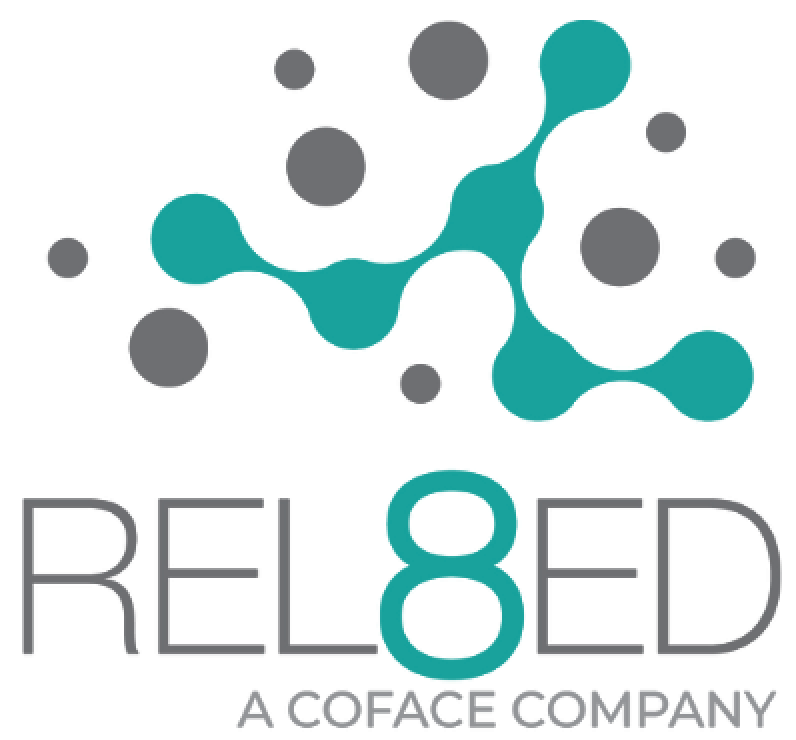
Leveraging Data Science for Supply Chain & Risk Mitigation
Authors Zhe Chen, Luca Laport, Erjia Meng, Zhefu Qin, Diego Velázquez Sponsor Rel8ted, Ryan Hilimoniuk Instructor Professor Ajay Anand Abstract Modern supply chains face growing risks from geopolitical instability, financial…
CircleStar|How to Make Your Resume Fool LLM
Contributors Abstract As AI tools enter hiring, understanding how they interpret resumes is critical. We studied how machine learning models and LLM APIs classify resumes and infer experience, using 2,484…
Archive
Automatic Detection of Abnormal Body Conditions for Dairy Cattles
Author Mentor Professor Ajay Anand Sponsor Zalliant Abstract Zalliant wants to quickly detect abnormal events happening on cattle to increase dairy cow milk production efficiency. Thus, the goal of this…
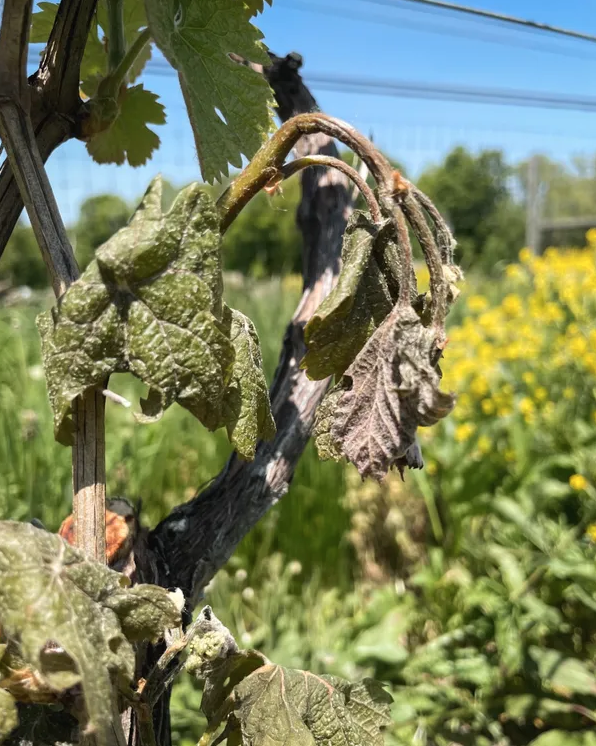
Seasonal Weather Forecasting in the Finger Lakes Region
In order to help vineyards in the Finger Lakes region with frost prediction, we built a Hidden Markov Model matching algorithm that computes log-likelihood scores between seasons. We implemented seasonal grouping in this approach.

Enhancing Disc Sport Performance: Insights and Innovations
DiscSense is aiming to advance athletes’ throwing skills through the development of a gyroscopic sensor that tracks the end conditions of throws. Throughout our capstone project, we concentrated on building a classification model that will aid athletes in recognizing patterns of successful throws and pinpoint prevalent errors.
Strategies Exploration For Quality Improvement
Author Jingyan Yu Lucy Chen Xinyi Liu Veronica Chistaya Advisor Cantay Çalışkan, PhD Sponsor Jack Bramley and Irena P. Boyce, Ph.D Overview Working closely with the UR Medicine Quality Institute,…

URMC-CTSI, Engage Vapor: Strategies from E-cigarette Social Analytics
Author Sponsor Dr. Zidian Xie Instructor Professor Ajay Anand Professor Cantay Caliskan Abstract In the digital age, Twitter has emerged as ancentral arena for public health issues, particularly those involv-ing…
Using Large Language Models to Derive Alternative ESG Rankings
Author Mentor Professor Anand Abstract Investors and the public alike are becoming increasingly interested in companies’ Environmental, Social, and Governance (ESG) policies. Companies that perform well in ESG tend to…

Predicting 850 Job Title Codes Using Hierarchical Classification
Our new approach uses Major Code, lessening the total codes from 850 to 23. In Major Classification, we used input layer and embedding as well as 2 hidden layers. For Job Title Classification by Major, we used Random Forest to output based on Majority Voting.

Predicting 850 Job Title Codes Using Hierarchical Classification
Our hierarchical approach uses Major Code, lessening the total codes from 850 to 23. In Major Classification, we used input layer and embedding as well as 2 hidden layers. For Job Title Classification by Major, we used Random Forest to output based on Majority Voting.
Pairs Trading Algorithm Development for FLXAI
1. Introduction Investment, based on the definition of Robinhood (one famous online brokerage platform), is the attempt to buy assets (stocks, real estate, etc.) with own resources (money or credit)…
Sentiment Analysis on Twitter Data Regarding Dental Issues associated with Opioid Consumption
DSCC383 Group I Team Youssef Ouenniche, Ian Kaplan, Michael Kingsley, Goutham Swaminathan, Shiva Rahul Edara Advisor: Professor Ajay Anand | Sponsor: Dr. Zidian Xie Analysis & Modeling Background: Opioid Use…
Team Members Runtao Zhou, Qihao Yun, Jiahang Wu, Zhengyuan Wang, Mengmeng Yu Project Sponsor Dr. Zidian Xie Project descriptions and motivation Our project aims to explore the public’s perception of…

Team Team Member Major Amanda Pignataro B.S. in Data Science Avery Girksy B.S. in Data Science Ryan Hilton B.S. in Data Science Vaarya Srivastava B.S. in Data Science Mentor Prof.…

Pickleball Analytics
Our project is to aid in the development of a pickleball analytics platform by improving ball detection and tracking. The baseline model used is a TrackNetV2 (Sun et. al. 2020) model trained on badminton, and the purpose of this project is to adapt the model by using transfer learning techniques to improve its performance in pickleball.
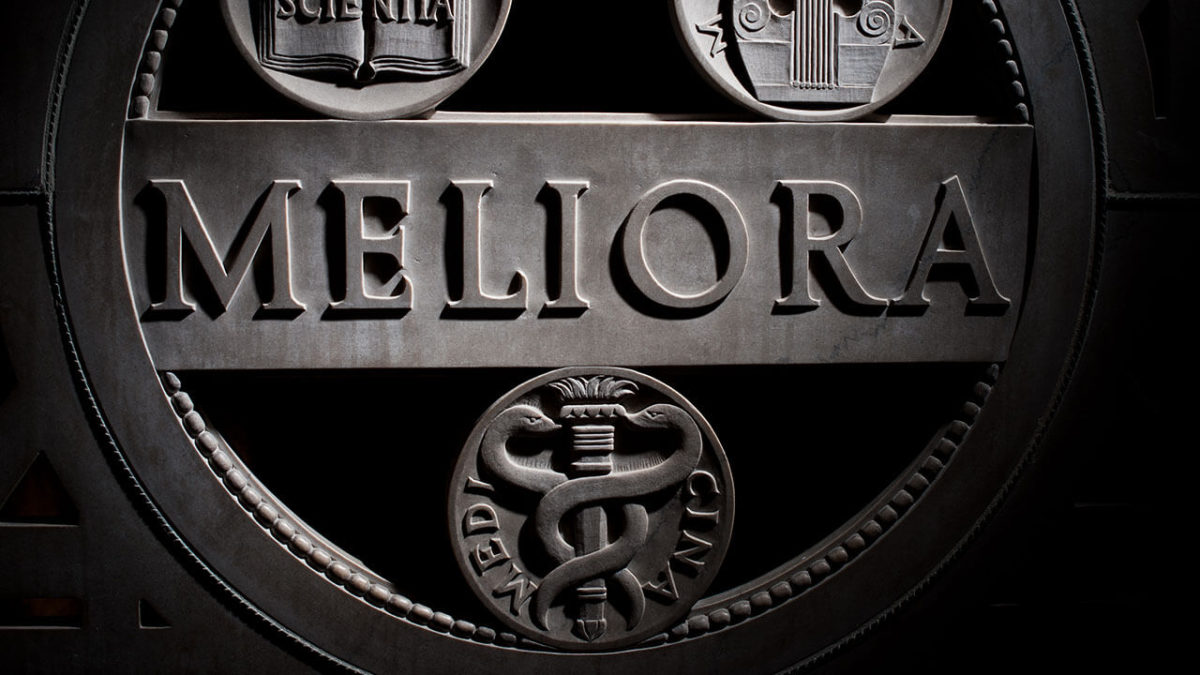
A Comparison of MS and Ph.D. Programs for Three University of Rochester Departments between 2015-2022
1. Team 2. Mentor Georgen Institute for Data Science (GIDS) 3. Sponsor Lisa Altman 4. Abstract Due to the continuously increased demand for Data Science degrees, our school will open…
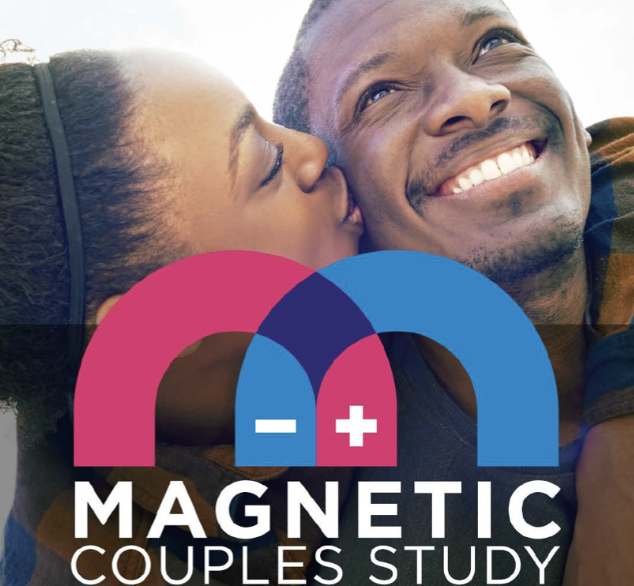
Magnetic Couple Study collected data and information from heterosexual couples who are of mixed HIV-status and recorded their prevention methods, including condom use, viral load, and new method-PrEP. This project focused on using unsupervised learning algorithms to examine the main predictors associated with protection strategies.

ML Based classification model to detect triage level for patients arriving at trauma centre, and thus allocate appropriate resources. This was achieved using patients’ data from URMC (Department of Paediatrics).
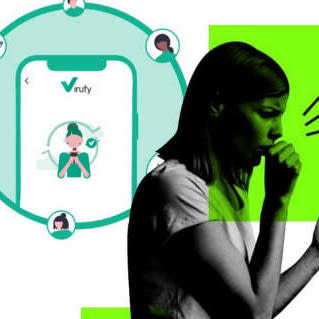
Virufy has created machine learning models that analyze coughs in order to provide a COVID-19 diagnosis. Training these models requires an even balance between COVID-positive and COVID-negative data, but they unfortunately have very little positive data. In order to combat this issue, the team hoped to generate synthetic coughs that closely resemble real coughs.

Team Academic Advisor Prof. Ajay Anand and Prof. Cantay Caliskan Project Sponsor Dr. Erika Ramsdale and the URMC Geriatric Oncology Team Introduction Studies in recent years have shown that cancer…

Team Mentor Professor Ajay Anand Dr. Preston Countryman Sponsor Corning Inc. – Data Science & Intelligence (DSI) Team Abstract Corning wants to develop a deep-time-series model to perform accurate customer-level…
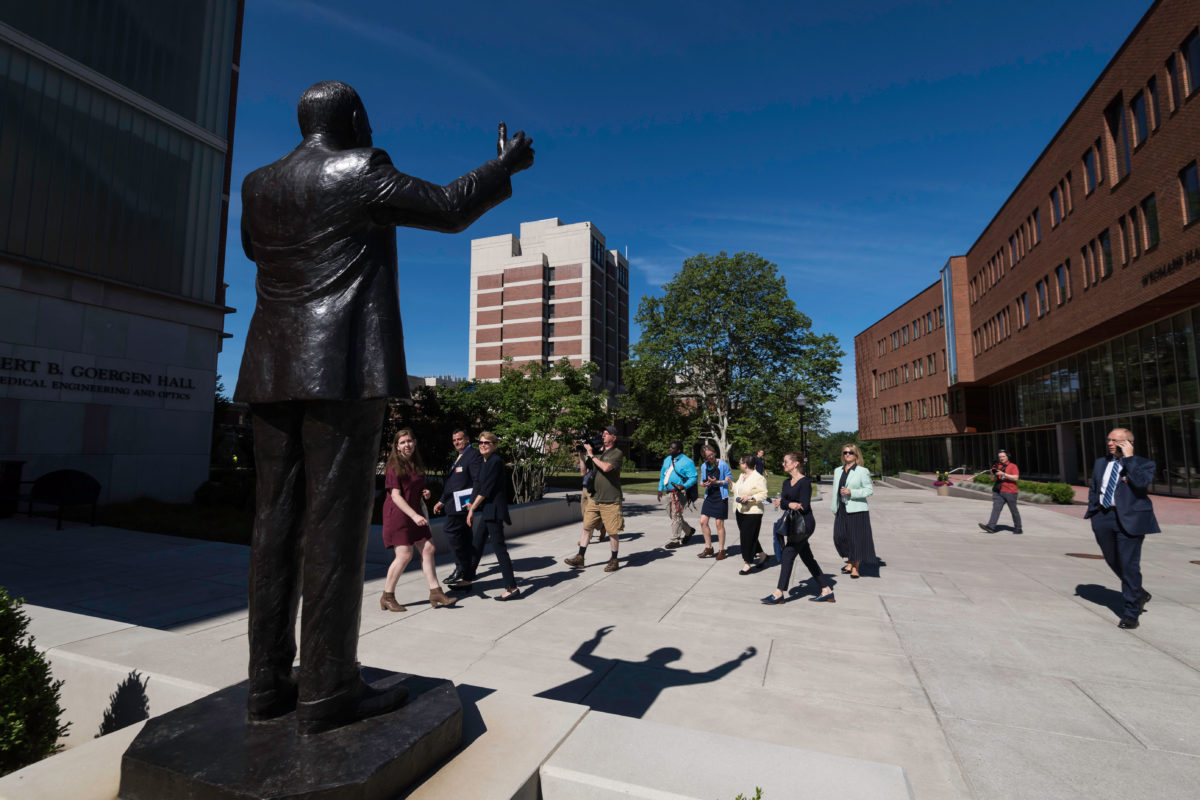
Rochester Transit Service
Team Yihe Chen Harry Huang Junting Chen Kehan Yu Mentor Cantay Caliskan Abstract Predictive Analytics for Demand Responsive Para- transportation Vision & Goal ● Create a productive schedule for Demand…

MacroX-Nightlights
This project uses the luminescence of the nighttime sky as a predictive features for economic activity.

URMC-COVID Resource Allocation
This project aims to observe, visualize, and model the trends in which COVID-19 patients at the University of Medical Center were allocated ventilators. Descriptive analyses are performed to investigate the relationships between variables such as but not limited to recovery rate and length of ventilator allocation and gender, race, and age.

City of Rochester
This project aims to build a model which detects features such as crosswalks and curb ramps at intersections in the city of Rochester.

GIDS-2
Team Qianqian Gu (Project Manager) Wei Wu Chen Yao Hanyang Zhang Mentor Ajay Anand Abstract The Goergen Institute for Data Science (GIDS) masters admission office wants to better understand applicants’…

Vnomics
Team Steven Dai Zachary Mustin Uzoma Ohajekwe Duy Pham Sponsor Vnomics Corporation Matt Mayo Mentor Prof. Ajay Anand Abstract Our task is to predict imminent failures in Diesel Particulate Filters…
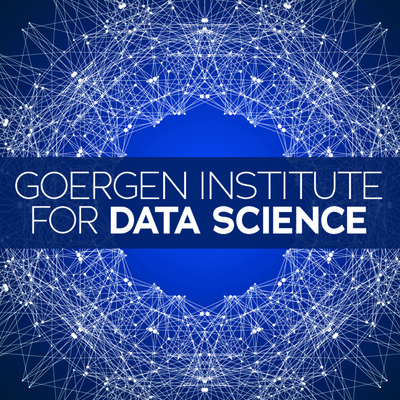
GIDS-1: Masters Admissions
Team Xiaoen Ding Jiecheng Gu Sung Beom Park Joseph Smith Mentor Ajay Anand Sponsor Lisa Altman Gretchen Briscoe Abstract The Goergen Institute for Data Science wants to understand the types…

Benchmark Labs – Powdery Mildew Prediction
Team Yihan Shao Chuqin Wu Melanie Xue Zihe Zheng Mentor Cantay Çalışkan Abstract The goal of this project is to forecast the pest pressure of Grape Powdery Mildew at a…
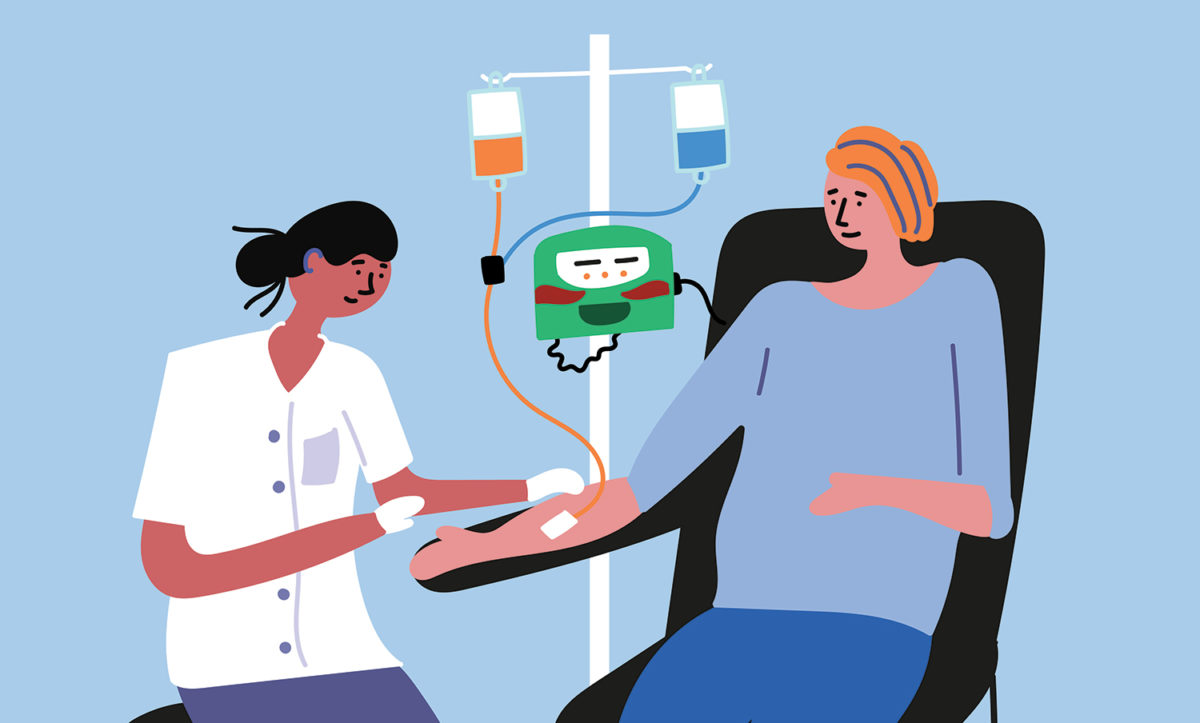
URMC Geriatric Oncology
This project investigates the associations between geriatric assessment based features and relative dose intensity of chemotherapy. It is at the first few phases of Wilmot Cancer Institute’s Ger Oncology Research team at University of Rochester Medical Center. The team refined the data preprocessing pipeline, built predictive models and employed feature selection on the dataset, providing insightful suggestions for future work in cancer studies.

Vnomics 1
Successfully built autoencoder models with ML Flow and Keras to predict truck failures given sensor data for a fuel optimization startup called Vnomics. The model is optimized by comprehensive time series feature engineering with TS Fresh to achieve a high recall score of 56% on unseen data.

City of Rochester Crime & Convenience Stores
The City of Rochester wants to understand if physical proximity to a convenience store or liquor store affects the likelihood of different types of part 1 crimes.
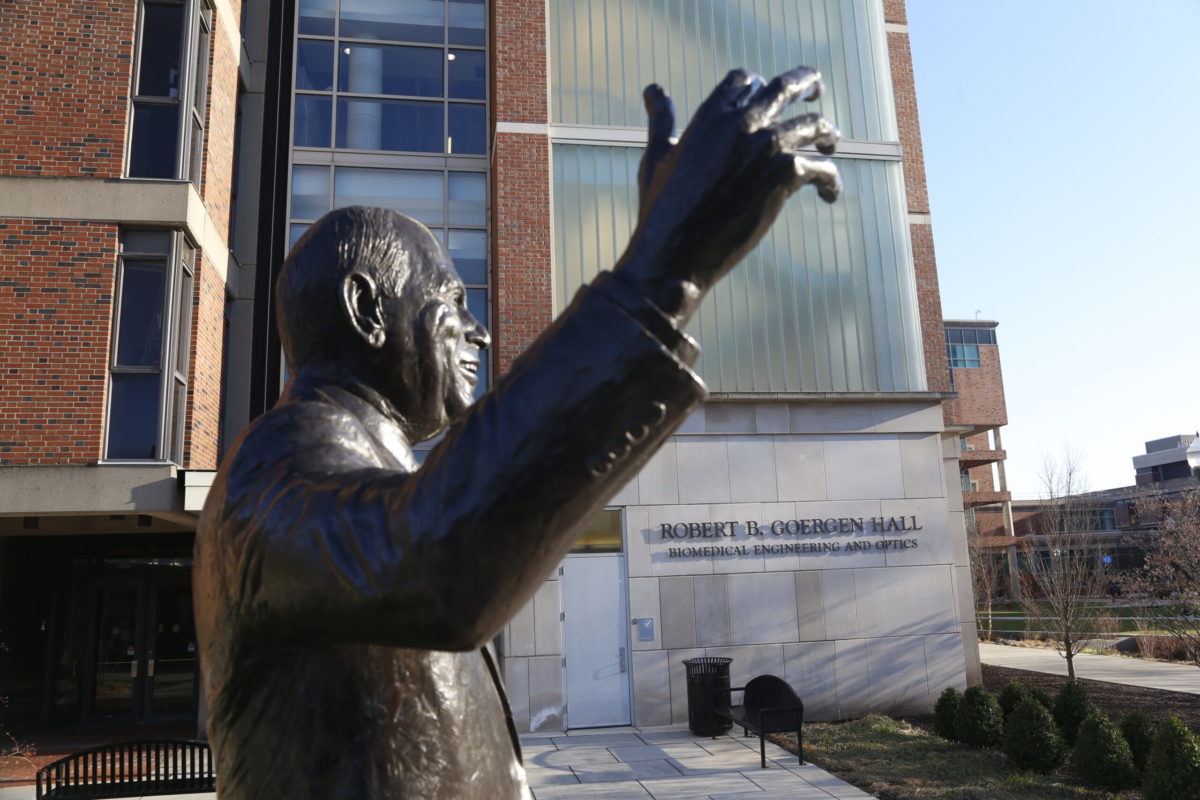
URMC Geriatric Oncology
The Geriatric Oncology Research Team at URMC wants to better understand chemotherapy tolerability in vulnerable older adults.
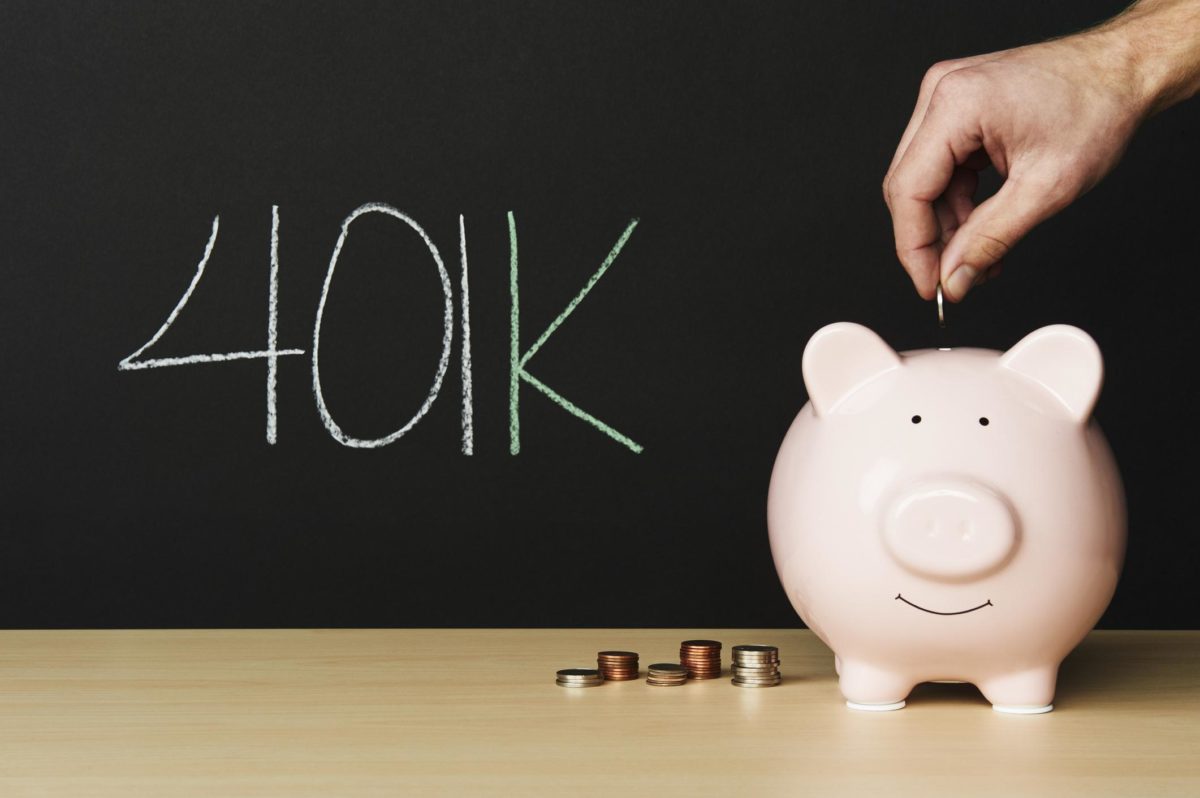
A Model to Predict Paychex 401(k) Services’ Potential Clients and Explainers for Analysis
The goal of the project was to identify upsell opportunities for Paychex’s 401(k) service products to their existing clients.
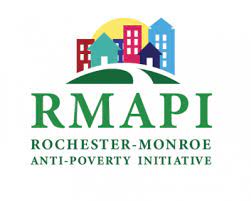
COVID-19 Survey Analysis to Understand the Community’s Socioeconomic Needs
Rochester Monroe Anti-Poverty Initiative (RMAPI) launched a new survey to better understand the impact of COVID- 19 on community member’s income and basic needs as well as what community members need to be safe and financially secure. The goal of the project was to analyze the survey and responses to inform United Way which kind of assistance needs to be provided, and what features of living necessities are more important for the respondents.

Predictive Maintainence for Trucks
Identify scenarios where DPF (Diesel Particulate Filter) failure is likely to happen so that the trucking customer can be alerted in advance to avoid costly roadside breakdowns.

Modeling of Lake St. Louis Water Levels
The main objective is to identify the maximum water flow tolerance of the Moses-Saunders Dam in order not to exceed the permissible limits of Lake St. Louis.
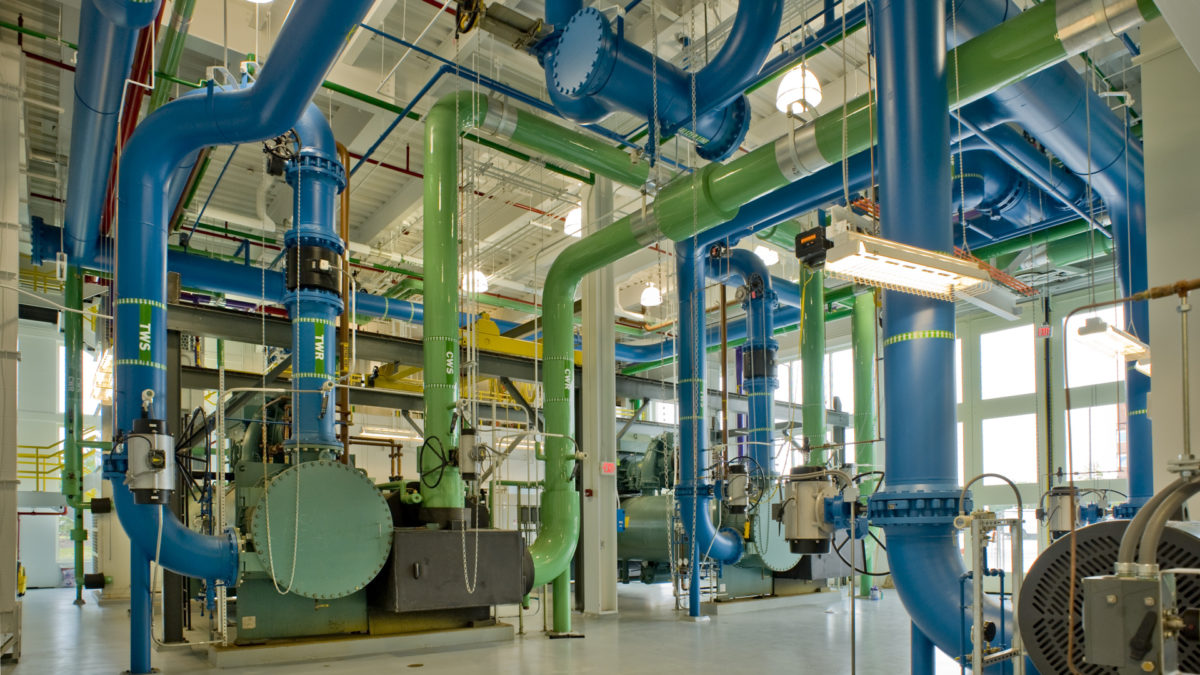
Improve Efficiency of Chilled Water Production
The project supported the goal of UR Utilities and Energy Management deparment to improve the efficiency of chilled water production through predictive modeling

Public Perception on COVID-19 Vaccines
The goal of the project was to explore public perception on COVID-19 vaccine by analyzing social media platform data (Twitter).
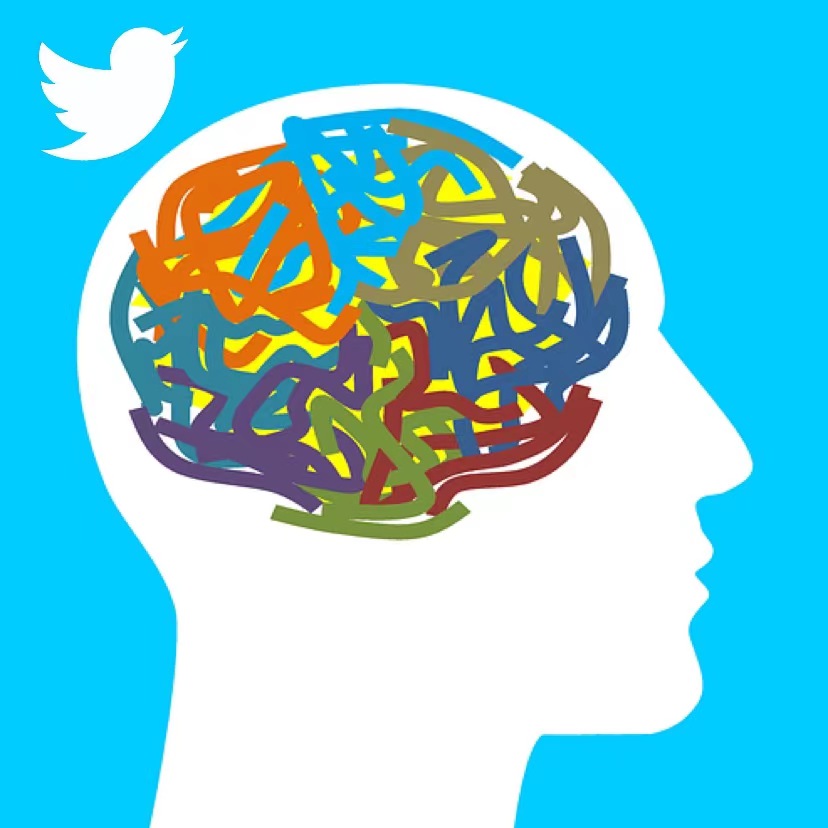
Identify Mental Health Issues during COVID-19 using Twitter
The project aim was: 1) Understand how the degree of mental health issues changed over time and space during COVID-19; 2) Find out what topics are people concerned about, and 3) Infer what group of people are more likely to have mental health issues.
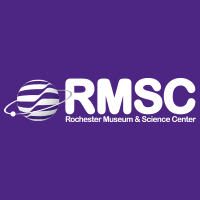
Analyze Membership Trends at RMSC
To spur museum membership growth, encourage donations from members, and increase overall museum revenue
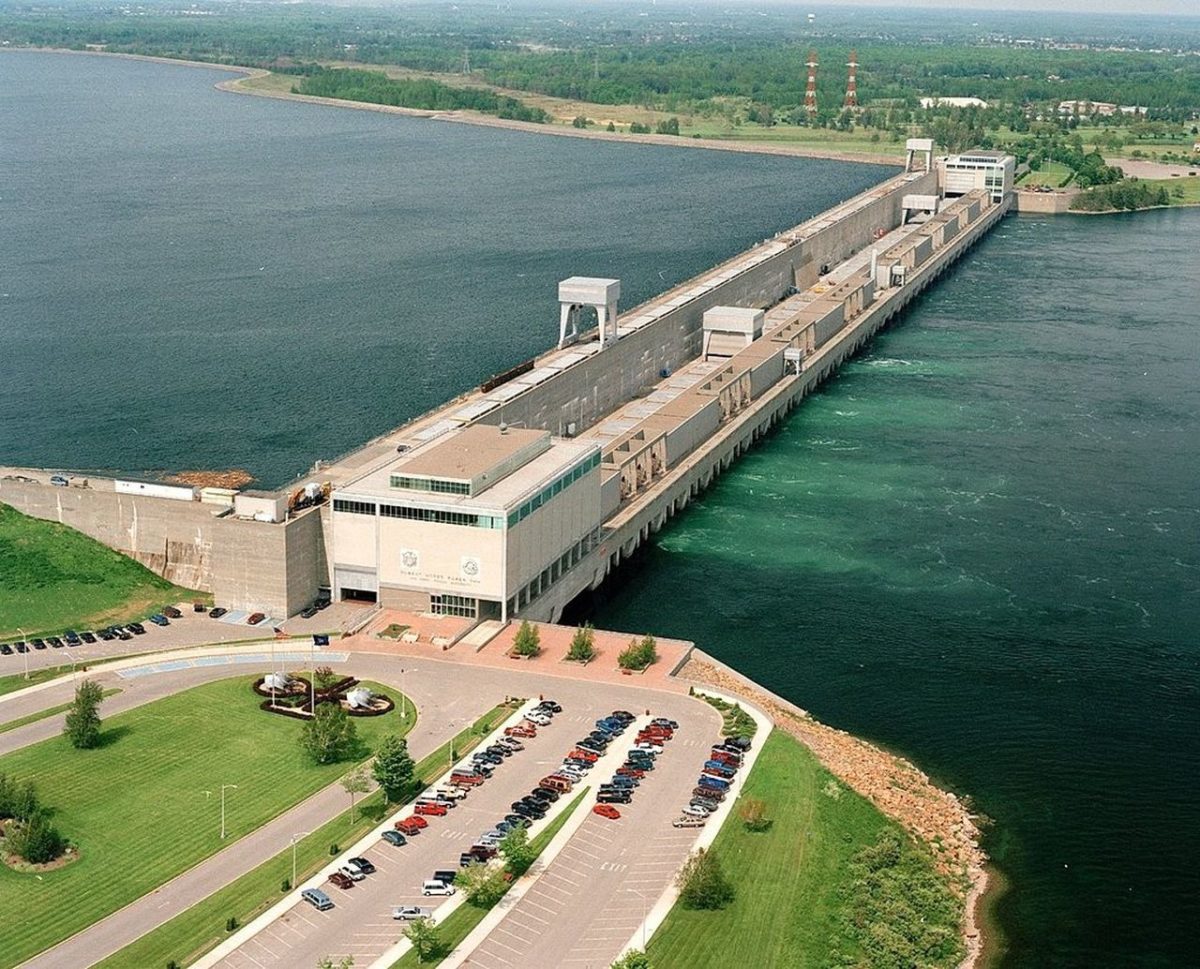
Verifying Lake Ontario’s Water Level
The Caldwell-Fay equation (2002) attempts to model what Lake Ontario’s current water level would be if dam construction had never taken place along the St. Lawrence Seaway (i.e. the natural hydraulic state of the lake).
Newly unearthed Lake Ontario data going back to the 1860s has been discovered, and we had the rare opportunity to be the first to digitize and publicly analyze it.
Since this data set predates any dam construction it actually captures the lake’s natural state. Therefore it can be used to verify Caldwell-Fey’s equation which is being used to govern the lake’s inflow and outflow rate on a daily basis.
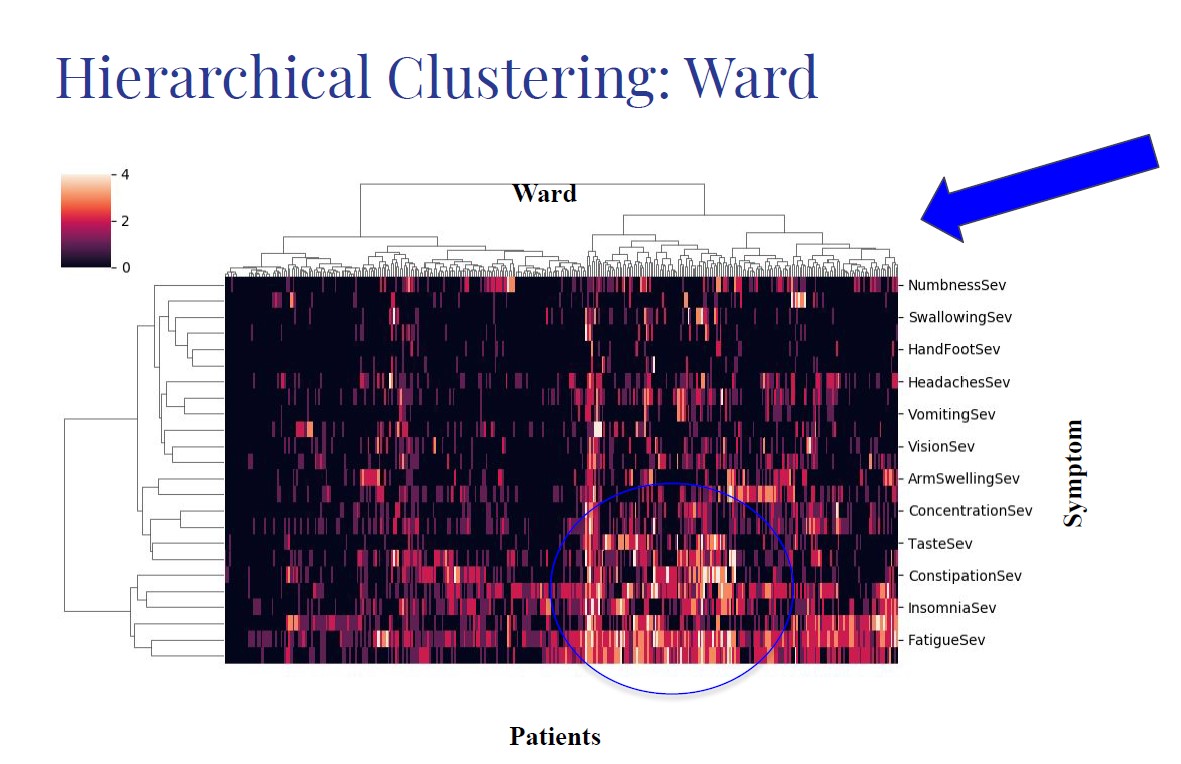
We were given a patient reported symptoms dataset PRO-CTCAE and applied a variety of clustering methods. The clusters were then statistically tested for associations with a selection of outcomes such as hospitalization. We found significant associations with clusters and outcomes and compared it to linear regression results.
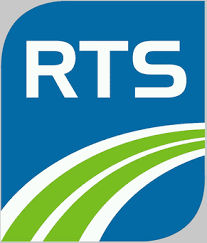
Exploring Reasons Behind the Preventable Accidents of RTS Drivers
RTS is a regional transportation authority established by New York State and the goal of the project is to find the potential reasons for preventable accidents caused by bus operators. First, descriptive and exploratory analysis is performed on all the data provided and driver-related variables and environmental-related variables. Then, frequent pattern mining is applied and conditional probabilities are calculated for the accident history of operators with high risk of accidents to extract accident patterns.
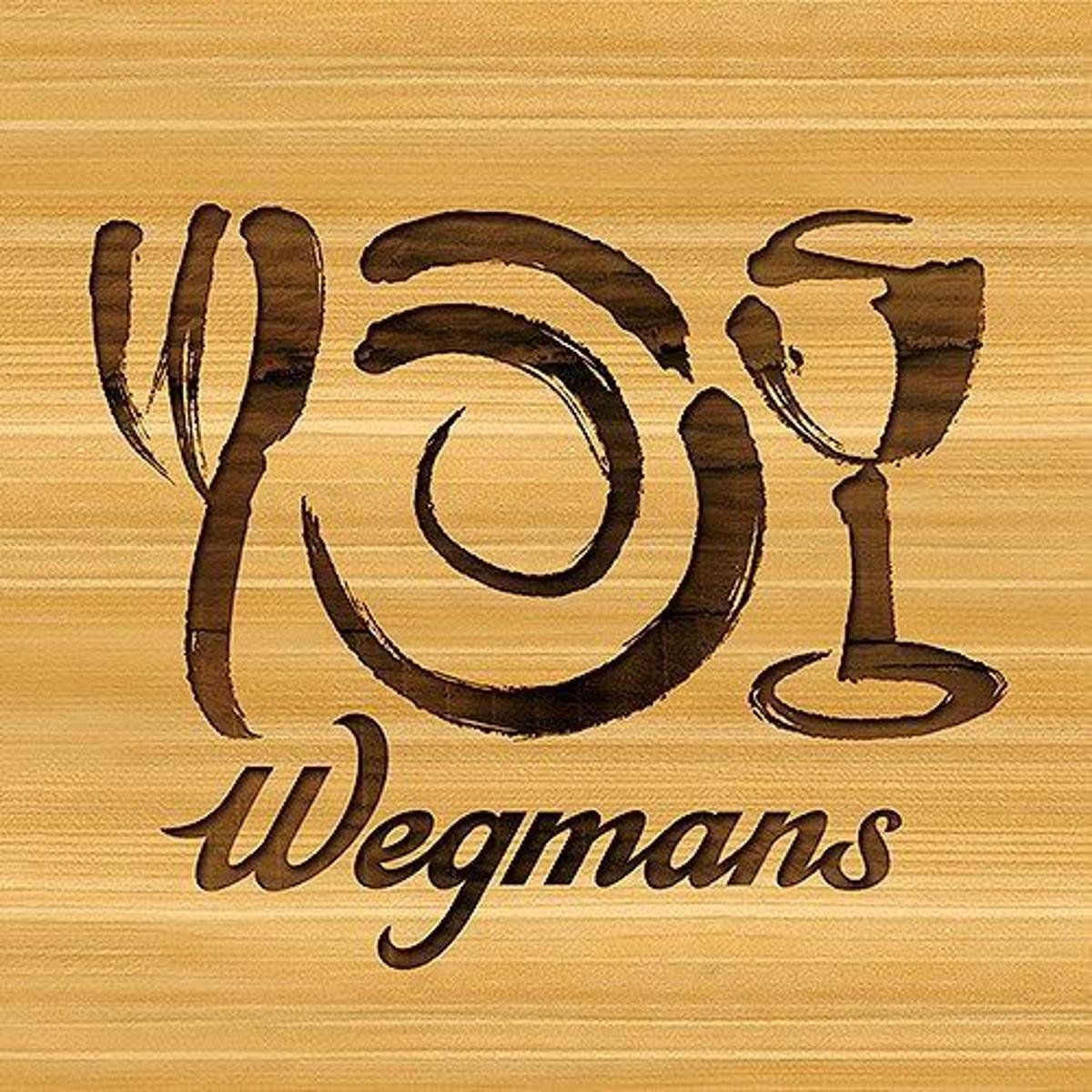
DSC Capstone: Wegmans
Wegmans grocery stores experience changes in consumer demand due to weather-related events which may result in item shortages. Our goal was to generate a list of items that are expected to have a huge increase in sales which would allow Wegmans to prepare beforehand. We correlated the change in consumer demand over time with weather warning data and detected anomalous behaviors in item sales.
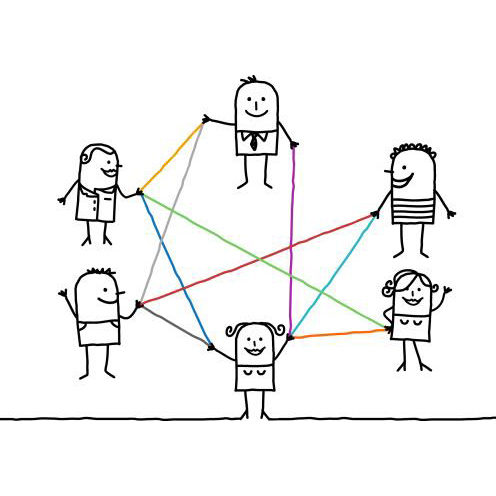
URMC-CTSI Networking Rhythm Badge Analysis
In this project, we want to apply DSC and machine learning techniques to identify and analyze group communication and interaction patterns from the data collected, e.g. “Who interacts with whom” and “Who attended which breakout sessions”, which can function as an indicator of team performance, group intelligence and meeting efficiency. We can further use the information to increase the productivity of Un-meetings by modifying related elements.

